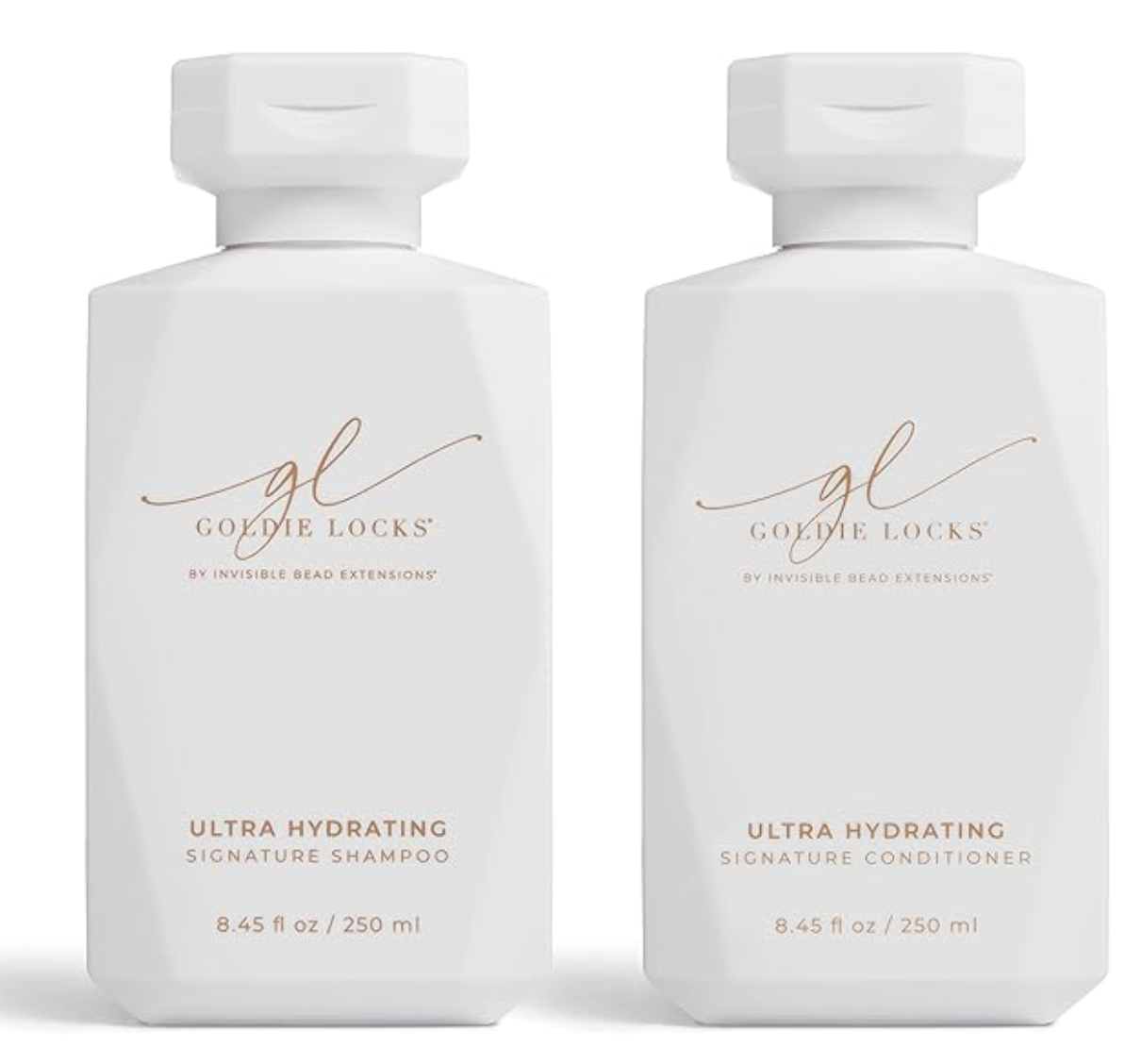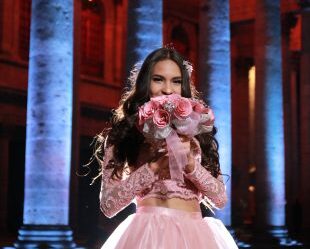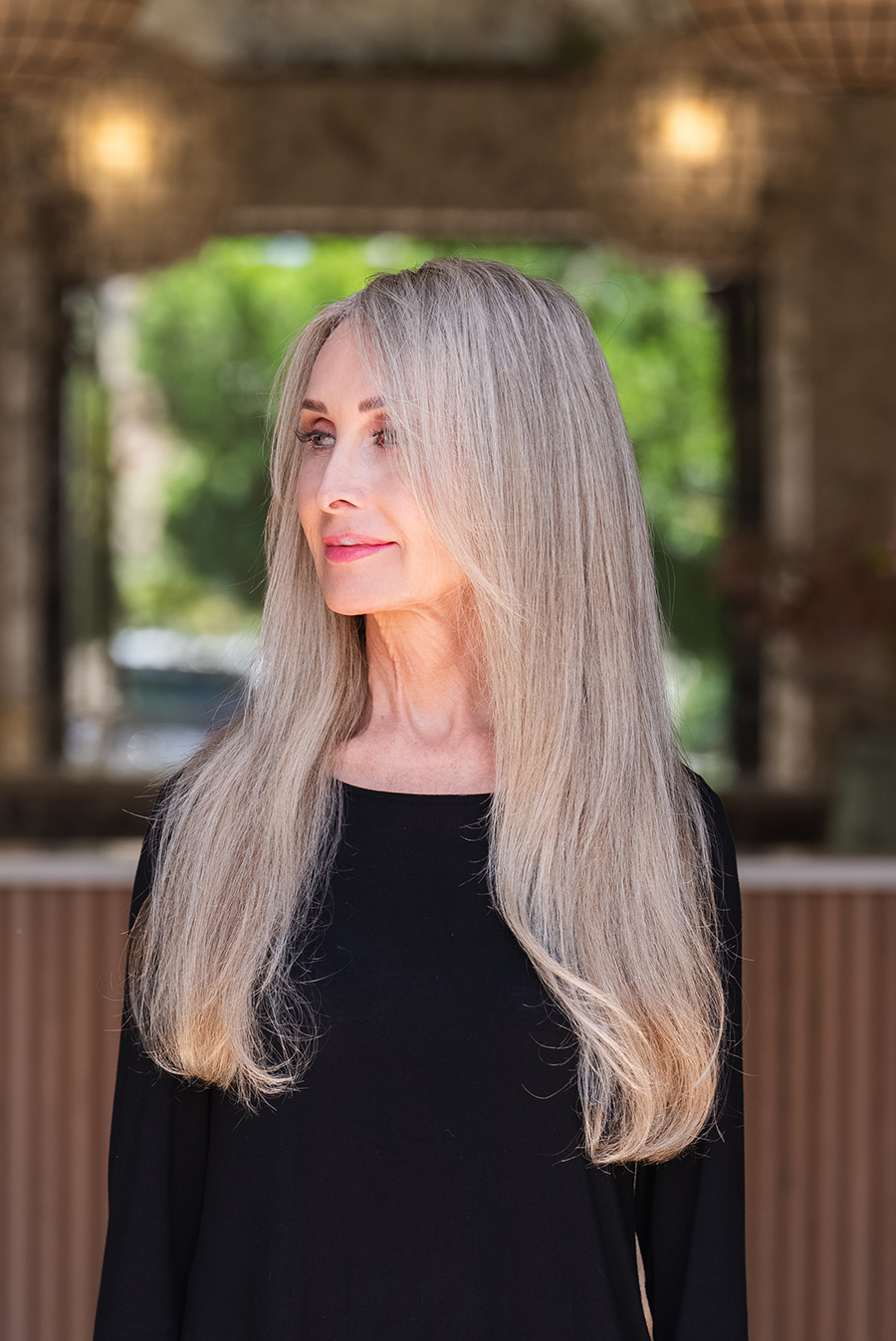
We had the privilege of speaking with McKenzie Turley, professional hair stylist and founder of Invisible Bead Extensions® and she shared her insight on some of the top causes of female hair loss, how to speak with clients about this issue and even offered some great solutions to help cover with crown toppers.
Hair loss in women can be a very distressing experience, and many women feel self-conscious about their appearance. As hairstylists we should educate ourselves on the causes of hair loss, how to speak to clients about hair loss, and the solutions available to us and our clients.
Causes of Female Hair Loss
As women age, hair naturally becomes thinner and more prone to shedding. While understanding the specific cause of hair loss in women often requires a thorough medical evaluation including history, physical examination, and sometimes laboratory tests or scalp biopsies, it is helpful for hair stylists to understand the common causes of female hair loss in their clients. Female hair loss can be the result of a variety of factors including hormonal, genetic, medical, lifestyle, and environmental.
The most common hormonal cause is androgenetic alopecia, also known as female pattern hair loss. This looks like thinning hair on the crown and front of the scalp, and can be genetic or as a result of androgen hormones. Other hormonal causes include menopause and its decrease in estrogen and progesterone levels, pregnancy and postpartum hormonal shifts that can cause significant hair shedding (telogen effluvium), and Polycystic Ovary Syndrome (PCOS).
Women experiencing medical challenges are also prone to hair loss. These can include thyroid disorders like hypothyroidism and hyperthyroidism; autoimmune diseases like alopecia areata and lupus where the immune system attacks hair follicles and creates to patches; deficiencies in essential nutrients like iron, vitamin D, B vitamins, and zinc; and chronic illnesses like diabetes and inflammatory bowel disease.
Lifestyle and environmental factors that lead to female hair loss can range from physical or emotional stress that can trigger telogen effluvium (a condition where hair shifts from the growth phase to the shedding phase prematurely); hair styling practices like the excessive use of heat, chemicals (dyes, relaxers), tight hairstyles (braids, ponytails), and hair treatments that can cause traction alopecia or breakage; a poor diet lacking in essential nutrients; and medications including chemotherapy drugs, anticoagulants, antidepressants, and some birth control pills can cause hair loss as a side effect.
Genetic factors can be in play, where a family history of hair loss can increase the likelihood of experiencing similar patterns of hair loss.
A more recent discussion around environmental factors have questioned whether environmental pollutants can affect scalp health and hair follicles, and if exposure to certain chemicals and toxins through occupational hazards or lifestyle choices can negatively impact hair health.
How to Speak With Your Client About Female Hair Loss
As a hairstylist, it’s important to be able to talk to your clients about hair loss and the options available to them. Hair crown toppers can be a great option for many women, and it’s important to be able to provide them with the information they need to make an informed decision. Discussing hair loss with female clients can be a sensitive topic for hairstylists. It’s important to approach the conversation with empathy, professionalism, and practical advice. Here are some guidelines for hairstylists on how to talk to their female clients about hair loss:
- Create a comfortable environment. Have the conversation in a private area so your client feels safe and secure.
- Express empathy and sensitivity. Share your concern and understanding, as hair loss can be an emotional experience.
- Active listening. Listen closely to your client’s concerns without interrupting, so they feel heard and understood.
While a client can often bring up the issue, if you notice signs of hair loss you can gently introduce the topic by mentioning that you have noticed some changes in their hair and asking if they have noticed the changes as well. Share your knowledge about possible causes of hair loss, suggest gentle hair care products and volumizing styling, and introduce toppers for interested clients. Let your client know you are there to support them through their hair loss journey, and respect their decisions about how they want to handle their hair loss. By approaching the conversation with empathy, professionalism, and a focus on positive solutions, hairstylists can provide valuable support and guidance to clients experiencing hair loss.
Solutions Available: Hair Crown Toppers

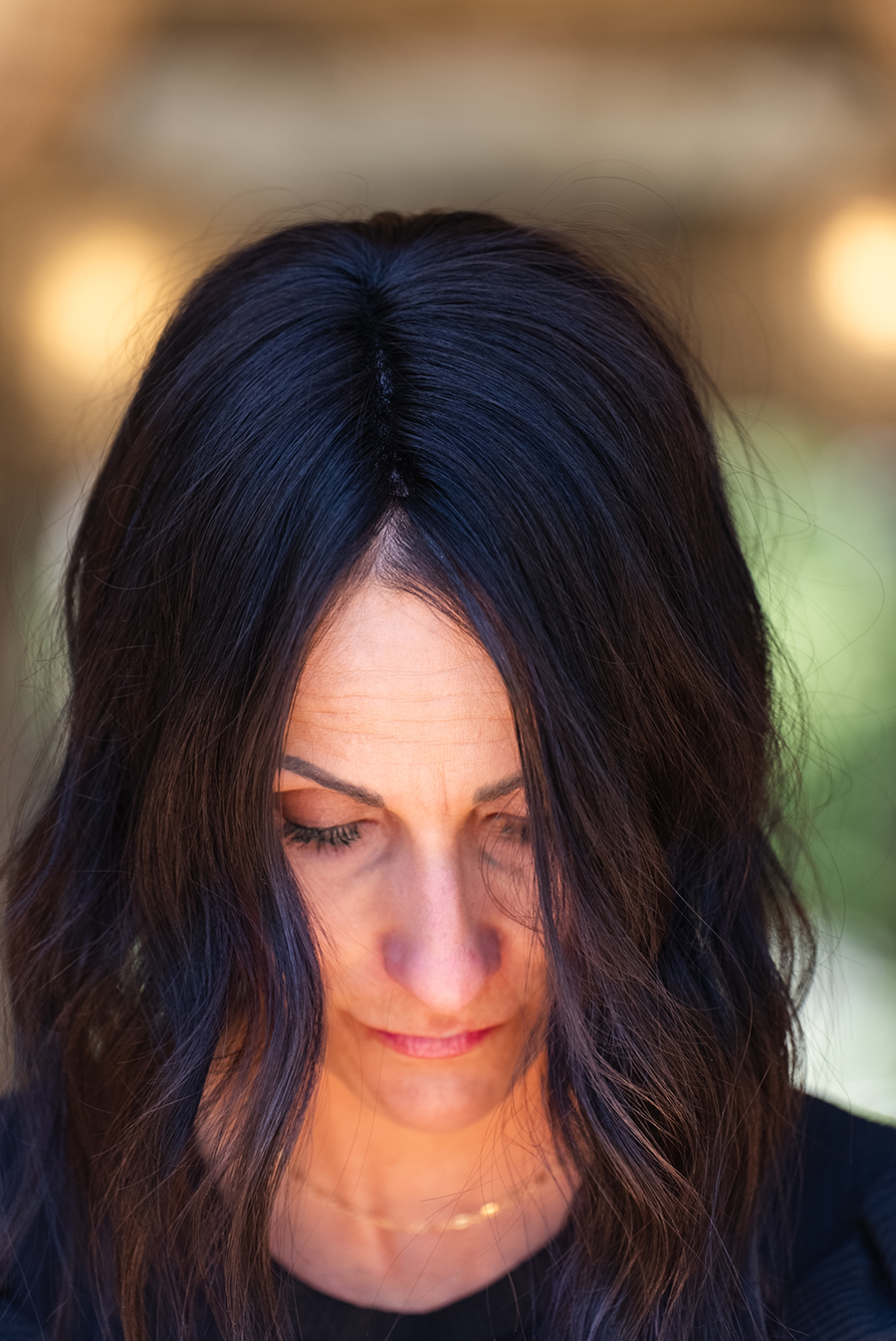
Hair crown toppers are hairpieces designed to cover thinning or balding areas on the crown and top of the head. They offer a non-surgical solution to add volume and fullness to the hair, blending seamlessly with the natural hair. High-quality toppers can look very natural, especially those made from human hair which can also be styled with heat tools. They offer an immediate solution for hair thinning or loss without the need for surgical intervention, and can be a temporary or long-term solution depending on the client’s preference.
Hair crown toppers are made from either synthetic or human hair. The ONE by IBE® Crown Collection uses the highest quality human hair available so finally professionals can match the quality of hair extensions to the temporary crown piece. Toppers are usually attached to a base that mimics the scalp and can be made from materials like lace, silk, or monofilament for a natural look. The ONE by IBE® Crown Collection uses silk for the most realistic look and comfortable feel.
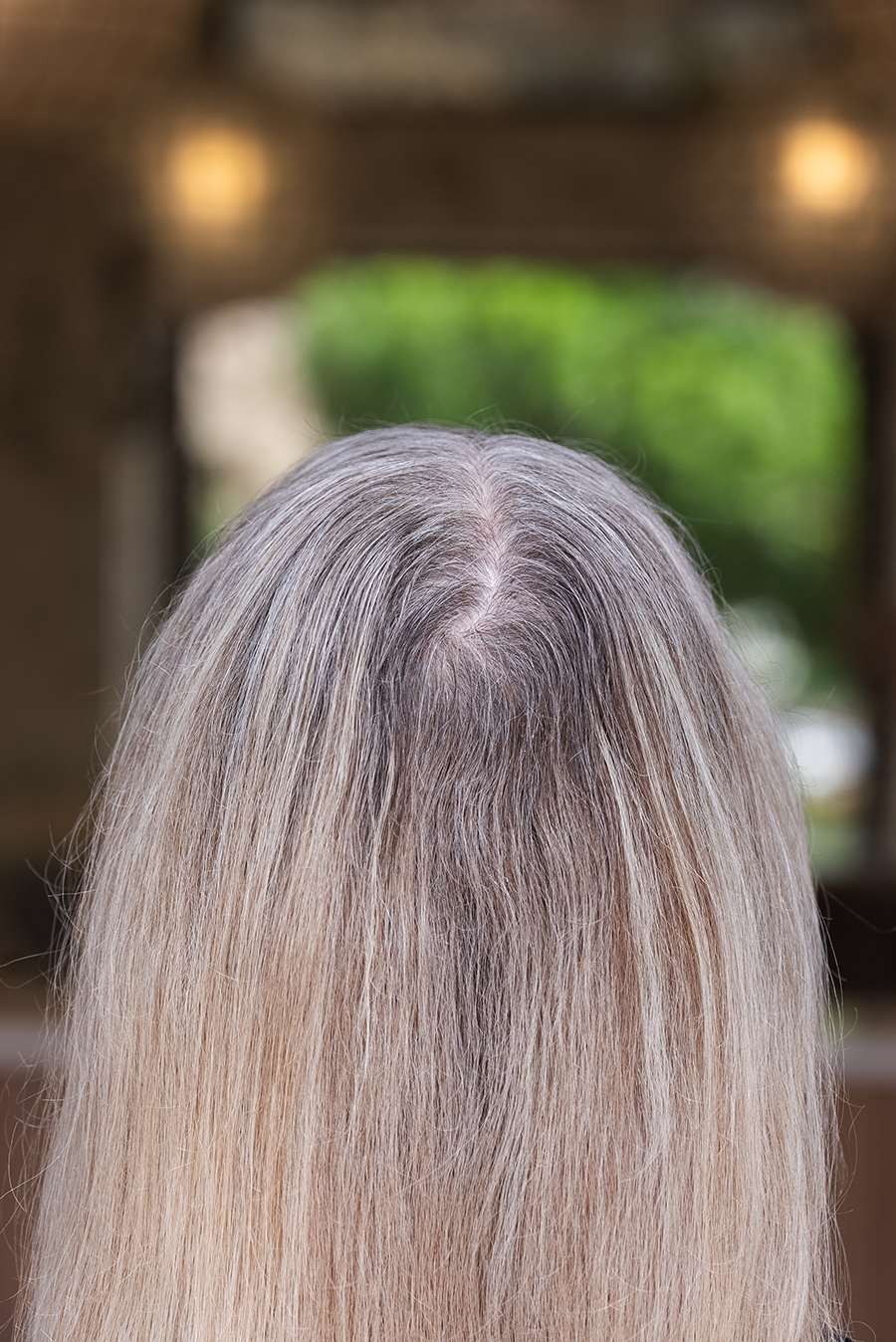
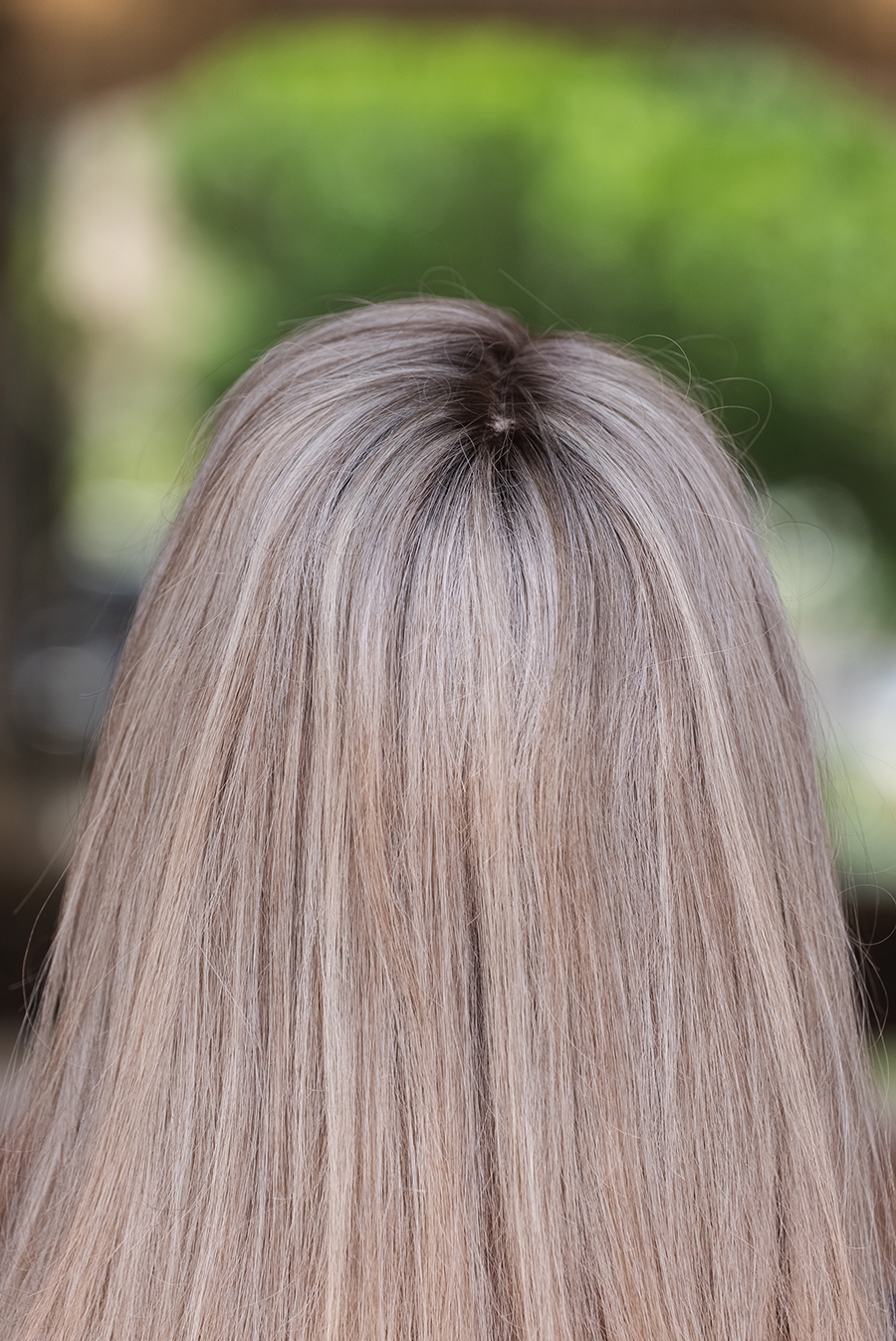
Toppers can be attached to the client’s head using a few different methods. While the adhesive option sees medical-grade adhesive tapes or glues to attach the topper to the scalp, this might not be ideal when trying to preserve the integrity of your client’s existing fragile hair. The ONE by IBE® Crown Collection uses a clip system to allow your client a comfortable, easy application and removal experience. They can be customized with coloring and cutting techniques, or even in combination with an IBE® hair extension install.
Be sure to share maintenance tips with your client so they know how to clean their topper using gentle, sulfate-free products like those from Goldie Locks to maintain the quality of the hair. Use heat protectant sprays if heat styling is necessary, and store the topper on a wig stand or in a box to maintain its shape. Keep away from direct sunlight and excessive heat to prolong its lifespan.
Find more information on ONE by IBE® Crown Collection here, and use this official IBE® Stylist Locator.

